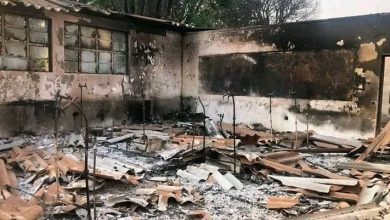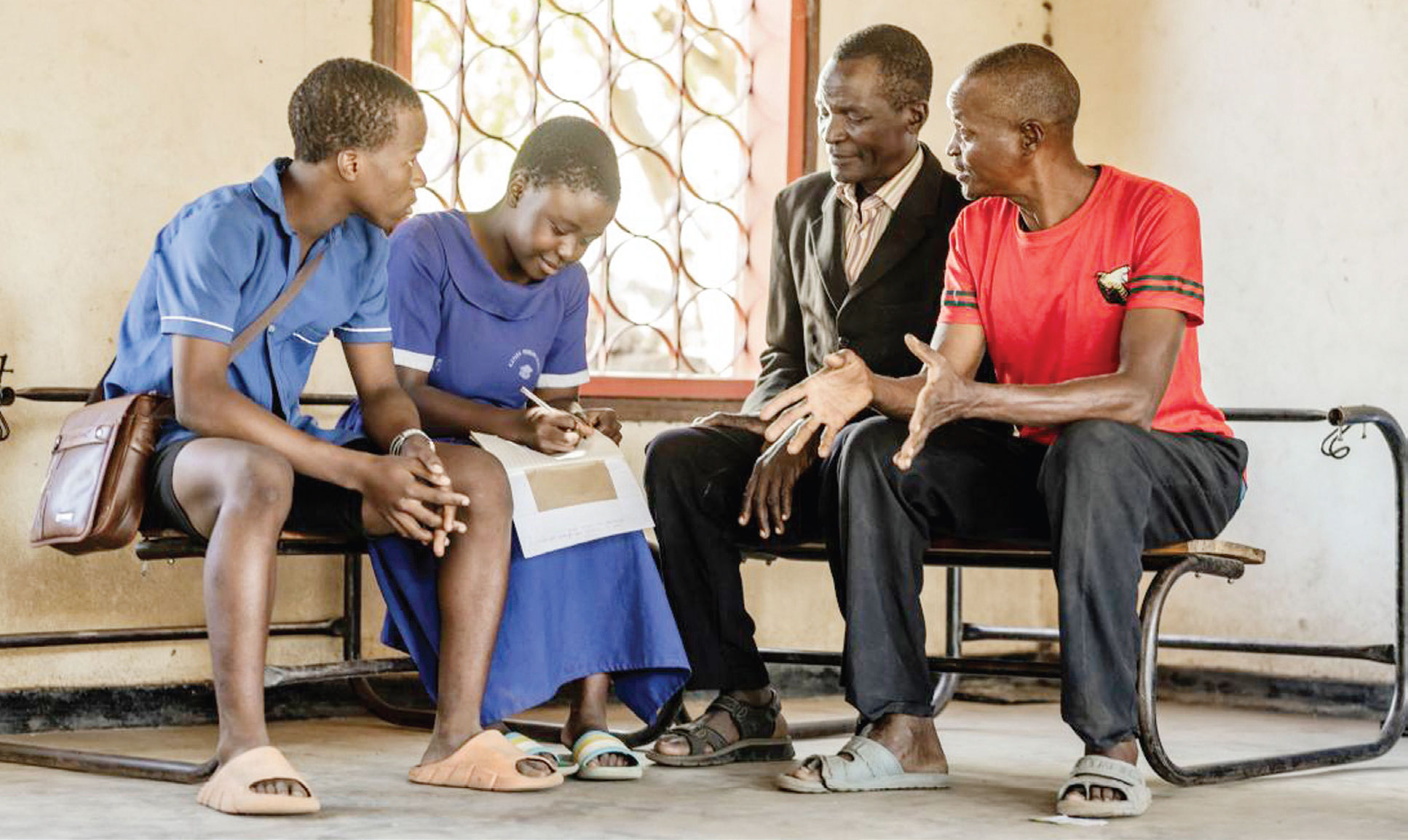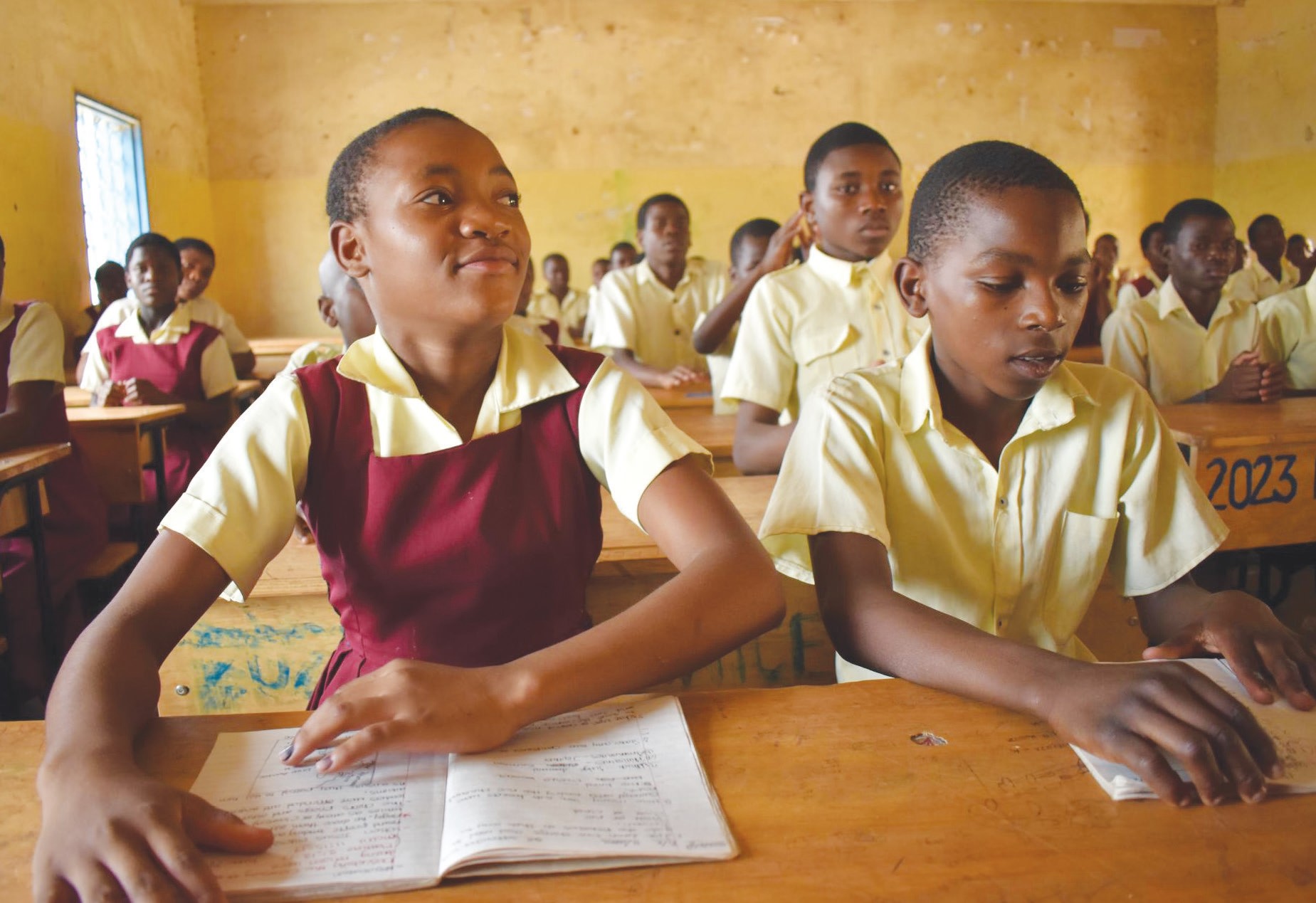Rethinking fees in Malawi’s public universities
 University of Malawi is an institution packed with great dreamers. You just have to through what the institution dares to achieve in its 2012-2017 strategic plans to underscore the scale of the institution’s dreamy behaviour.
University of Malawi is an institution packed with great dreamers. You just have to through what the institution dares to achieve in its 2012-2017 strategic plans to underscore the scale of the institution’s dreamy behaviour.
It wants to increase undergraduate student numbers from 8 403 to 15 000; master’s from 306 to 2 000; and PhD from 46 to 500 by 2017.
It wants to increase the number of postgraduate programmes from 46 to 100. It wants to construct additional buildings and increase the number of academic staff with PhDs from 25% to 70%.
But how will it achieve all this? Does Unima have that capacity?
Stories of overcrowding in lecture rooms, inadequate qualified staff, lack of teaching and learning materials, yawning halls of students’ residence, all point to financial trouble within the colleges.
 In fact, the current industrial strike waves from the Chancellor College academic and support staff, and Unima’s failure to meet their demands is almost a nail in the institutions coffin.
It underscores the scale of the institution’s struggle to finance, to mobilise and also to effectively manage.
With 80% of its funding coming from government subvention, the institution just doesn’t have enough for effective administration.
Interestingly, government, too, knows this. This is the reason, a month ago—in an attempt to help Unima raise enough—it advised the institution to reduce State-sponsored students to 900 from about 2 000-plus.
“[Unima must] admit the other 900 students as non-residential students,†reads the letter written by John Bisika, Ministry of Education Principal Secretary, addressed to Unima vice-chancellor dated August 17, 2012.
Of course, Bisika made the statement within the framework of staff demanding pay hike.
Hiking fees
However, on a larger scale, his insights are part of the old debate about rethinking student fee paying system in Malawi’s public universities.
In fact, during the presentation of the 2012/2013 National Budget in Parliament, Finance Minister Dr Ken Lipenga said there is need to look into the students’ fees in public universities in order to improve the quality of education.
“The current contribution levels are K25 000 [about $83] per student per year. However, institutions that offer lower qualifications than the university charge more than 10 times what the university beneficiaries contribute,†he said.
The tragedy of Lipenga’s insights does not just end with how low the figure is.
Rather, the students—who contribute the amount through a loan facility and also get an allowance of K33 000 [about $110]—barely refund the loan due to ‘absence of a strong legal framework for students’ loan scheme.Â
Worse still, Limbani Nsapato, one of the commentators on education, a week ago wrote interesting insights on Unima and its students’ fee paying system.
“Students who are paying K25 000 in tuition fees are demanding increased allowances of up to K40 000 [about $133]. This is when government is spending around K1.5 million [about $5 000] per student per year, meaning public university education is almost free,†he wrote.
Surely, this fee paying system is quite detrimental to the country. In fact, this is well documented in the World Bank 2010 report on education in Malawi.
The report shows that university education is almost free. It argues that there isn’t a strong loan disbursement framework to make sure that only needy students get it.
And Dr Steve Sharra, a renowned educationist and blogger, is quite perplexed with this system.
“It is drying up State coffers. And this does not just make it difficult for the staff to get increments. It will also, most importantly, deprive future generations a chance to benefit from higher education,†he says.Â
Definitely, Lipenga was right.
“As a nation, we will have to make hard decisions on this matter if we are to continue providing quality university education,†emphasised Lipenga.
What can be done?
Better still, what can these ‘hard decisions’ be?
Among the finance and resource mobilisation strategies Unima has in place in its 2012-2017 plans is to initiate incremental adjustment of fees.
In fact, a number of commentators on education do agree.
“For the students, is K25 000 fees realistic when government is subsidising at K1.5 million? With the devaluation, this K25 000 could be around K12 000 [about $40] or even less.
“Given that around 90 percent of students come from richest quintile, why can’t the fees be hiked to at least K100 000 [about $333] to ensure a good cost sharing deal, of course with loan scheme, scholarships in place?†wonders Nsapato.
Sharra, too, concurs.
“It is only rich countries like Germany and Norway where our fees paying system in public universities can be likened to. Otherwise, a number of developing countries emphasise on the payment of fees by students.
“Of course, in the US, students are provided with loans. But they have a robust system of recovering these loans. This is one thing we need to learn from,†argues Sharra.
He adds that it is high time the fees in the public university were hiked.
“But I need to point out that those who can’t afford should be provided with loans. And again, there must be a robust loan disbursement and recovery system. The future, too, need to benefit from this,†he says.
On the other hand, Nsapato argues that beyond restructuring students’ fees paying system, Unima, again, needs to find a long-term solution to financing.
“Why can’t universities themselves become autonomous and find creative and sustainable measures of financing? For instance, creating robust parallel programmes, distance learning, Master’s and PHD programmes. Couldn’t this help?†he questions.
And he doesn’t stop there.
“And how about building more lecture rooms and libraries, and increase enrolment to at least 20 000 so that more fees paid can increase funding?†he wraps up.
Definitely, there might be a number of ways Unima can use to achieve what it intends in the 2012-2017 Strategic Plan.
But rethinking student fees in public universities is key; it has to be debated with soberness.





